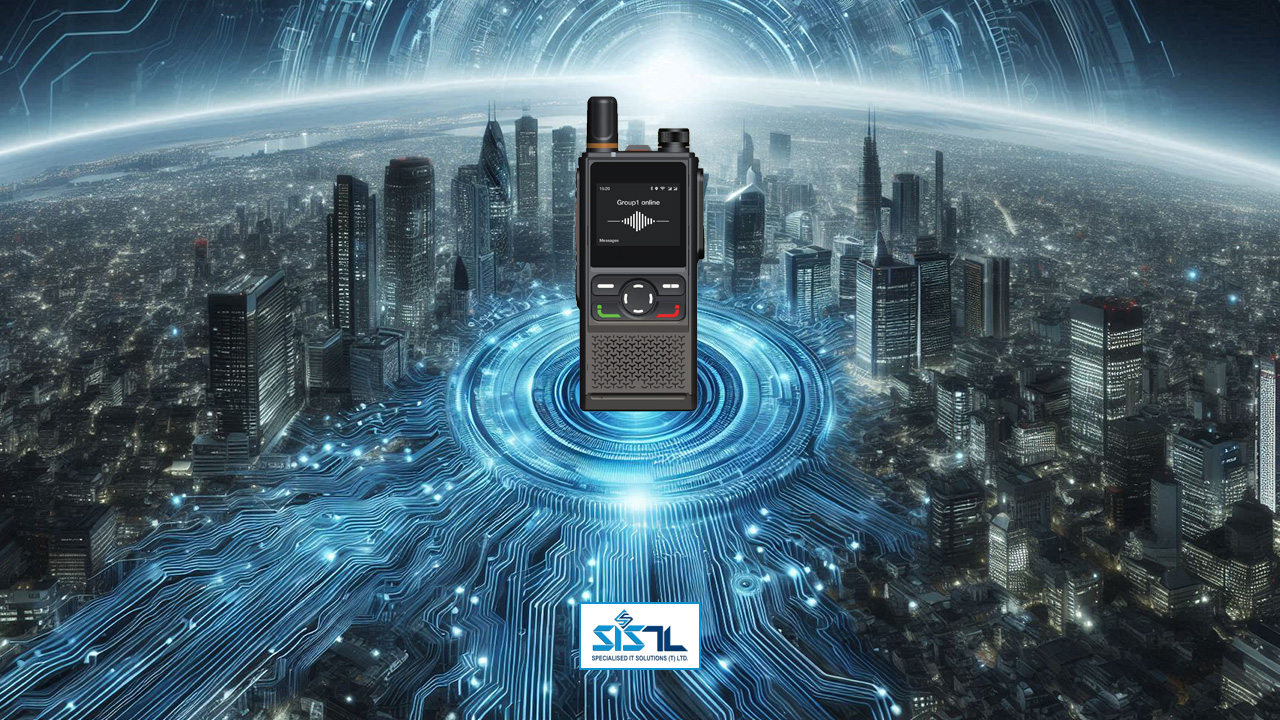
The Difference Between a Push-to-Talk and a Walkie-Talkie
In today\'s fast-paced world, staying connected is more important than ever. Whether you\'re coordinating a team at a construction site, keeping in touch with friends at a crowded concert, or simply enjoying the convenience of instant communication, two-way radio technology offers a reliable solution. But with terms like \"push-to-talk\" (PTT) and \"walkie-talkie\" thrown around, it\'s easy to get confused.
Fear not, fellow communicator! This comprehensive guide will break down the key differences between PTT and walkie-talkies, helping you choose the right tool for your needs.
The Walkie-Talkie: Classic Two-Way Radio
The walkie-talkie, a mainstay of construction sites, security personnel, and outdoor enthusiasts for decades, is a dedicated two-way radio device. Here\'s what defines it:
Dedicated Device: Walkie-talkies are standalone units that operate on specific radio frequencies. They require no additional infrastructure beyond the radios themselves. Short Range: The range of a walkie-talkie typically falls within a few miles, depending on terrain and weather conditions. Walls and buildings can further limit their reach. Limited Channels: Most walkie-talkies offer a handful of channels, allowing you to communicate with others tuned to the same frequency. Simple Operation: Walkie-talkies are known for their user-friendly design. A simple press of a button (the \"push-to-talk\" function) activates the microphone, allowing you to speak. Release the button to listen. Durability: Built to withstand tough environments, walkie-talkies are a reliable choice for outdoor activities and rugged workplaces. Cost-Effective: Walkie-talkies are generally a budget-friendly option, making them ideal for occasional use or personal communication.
Push-to-Talk (PTT): A Modern Twist on Two-Way Radio
Push-to-talk, or PTT, takes the core concept of walkie-talkie communication and integrates it with existing technologies like cellular networks and smartphones. Here\'s what sets PTT apart:
Multi-Purpose Devices: PTT leverages the power of your existing cell phone or computer, eliminating the need for a dedicated radio unit. Extensive Range: PTT calls piggyback on cellular networks, offering a much wider range compared to walkie-talkies. You can communicate across cities, states, or even the entire country, depending on your network coverage. Scalability: PTT services can accommodate a large number of users, making them ideal for large teams or organizations spread across vast distances. Advanced Features: Many PTT applications offer features beyond basic voice communication, such as text messaging, location tracking, and group calls. Subscription-Based: PTT services typically require a subscription fee, which can vary depending on the provider and features offered. Technical Requirements: PTT relies on cellular network coverage and a compatible device with the PTT application installed.
Choosing Between PTT and Walkie-Talkies
Now that you understand the core differences, let\'s explore which option best suits your needs:
· Go for Walkie-Talkies if:
You need a simple and affordable solution for short-range communication in a limited area. You prioritize durability and reliability in harsh environments where cellular coverage might be spotty. You only require basic voice communication without the need for additional features.· Opt for PTT if:
You need to communicate across long distances or require nationwide coverage. You have a large team or organization spread across different locations. You value advanced features like text messaging, location tracking, and group calls. You already have compatible smartphones or devices and are comfortable with subscription services.
The Future of Two-Way Communication
Both walkie-talkies and PTT technologies are constantly evolving. Walkie-talkies are incorporating features like digital signaling for clearer audio and improved range. Meanwhile, PTT services are integrating with other communication platforms, offering seamless integration with existing workflows.
Both PTT and walkie-talkies have their strengths and weaknesses, and the optimal choice depends on specific requirements. By understanding the key differences and considering factors such as coverage, features, cost, and durability, you can select the communication solution that best suits your needs.
As technology continues to evolve, it\'s likely that the distinction between PTT and walkie-talkies will become even more blurred, offering users a wider range of options for efficient and effective communication.
Post a comment
40+
Consultingfarm
Connecting You To Smarter Solutions
Empower your fleet with revolutionary IoT solutions. Gain valuable insights from on-board footage with our AI vehicle camera. Optimize operations with real-time GPS vehicle tracking system. Enhance communication with instant Push-to-Talk functionality for your team, wherever they are.


Subscribe to our Newsletter
For the latest insights on AI Vehicle Cameras, GPS Tracking Solutions, Push-To-Talk technology, and exclusive industry updates







02 Comments
Jessica Rose
December 27, 2024Finanappreciate your trust greatly Our clients choose dentace ducts because know we are the best area Awaitingare really.
Parker Willy
December 28, 2024Finanappreciate your trust greatly Our clients choose dentace ducts because know we are the best area Awaitingare really.